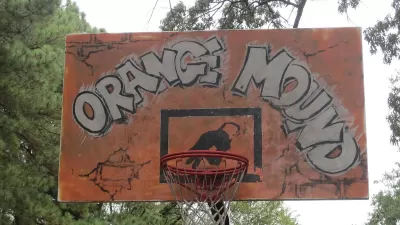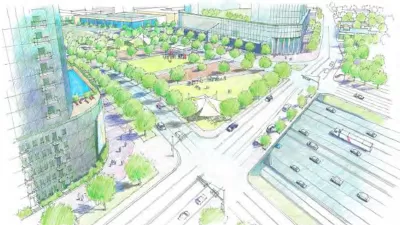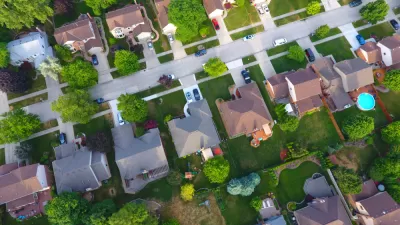Planners face the increasing challenge of how to improve economic opportunities for individuals while simultaneously improving urban neighborhoods without triggering gentrification.
Within the toolbox that planners have at their disposal, there are multiple options available to improve the physical environment. However, as the growing recognition of economic inequality shows, planners have fewer tools to improve the lives of individual citizens. Bill Fulton writes in Governing that planners "can’t do the one thing that would most improve residents’ lives: put money in their pockets."
"In large part, the answer boils down to the old people-versus-place question in urban policy: Do you focus on improving struggling neighborhoods in the hopes that everyone in the neighborhood will be better off? Or do you focus on helping people get a leg up, even if it means they leave the neighborhood?"
The challenge for planners, Fulton writes, is to seek the right balance between improving neighborhoods and improving the lives of its residents. Evidence shows that poorer residents living among more affluent neighbors will have better economic livelihoods, but moving more affluent residents into poorer neighborhoods can trigger gentrification, which will ultimately displace those who could benefit most.
FULL STORY: To Help Poor Neighborhoods, Urban Planners Have to Do More Than Urban Planning

Alabama: Trump Terminates Settlements for Black Communities Harmed By Raw Sewage
Trump deemed the landmark civil rights agreement “illegal DEI and environmental justice policy.”

Planetizen Federal Action Tracker
A weekly monitor of how Trump’s orders and actions are impacting planners and planning in America.

Why Should We Subsidize Public Transportation?
Many public transit agencies face financial stress due to rising costs, declining fare revenue, and declining subsidies. Transit advocates must provide a strong business case for increasing public transit funding.

Understanding Road Diets
An explainer from Momentum highlights the advantages of reducing vehicle lanes in favor of more bike, transit, and pedestrian infrastructure.

New California Law Regulates Warehouse Pollution
A new law tightens building and emissions regulations for large distribution warehouses to mitigate air pollution and traffic in surrounding communities.

Phoenix Announces Opening Date for Light Rail Extension
The South Central extension will connect South Phoenix to downtown and other major hubs starting on June 7.
Urban Design for Planners 1: Software Tools
This six-course series explores essential urban design concepts using open source software and equips planners with the tools they need to participate fully in the urban design process.
Planning for Universal Design
Learn the tools for implementing Universal Design in planning regulations.
Caltrans
Smith Gee Studio
Institute for Housing and Urban Development Studies (IHS)
City of Grandview
Harvard GSD Executive Education
Toledo-Lucas County Plan Commissions
Salt Lake City
NYU Wagner Graduate School of Public Service





























